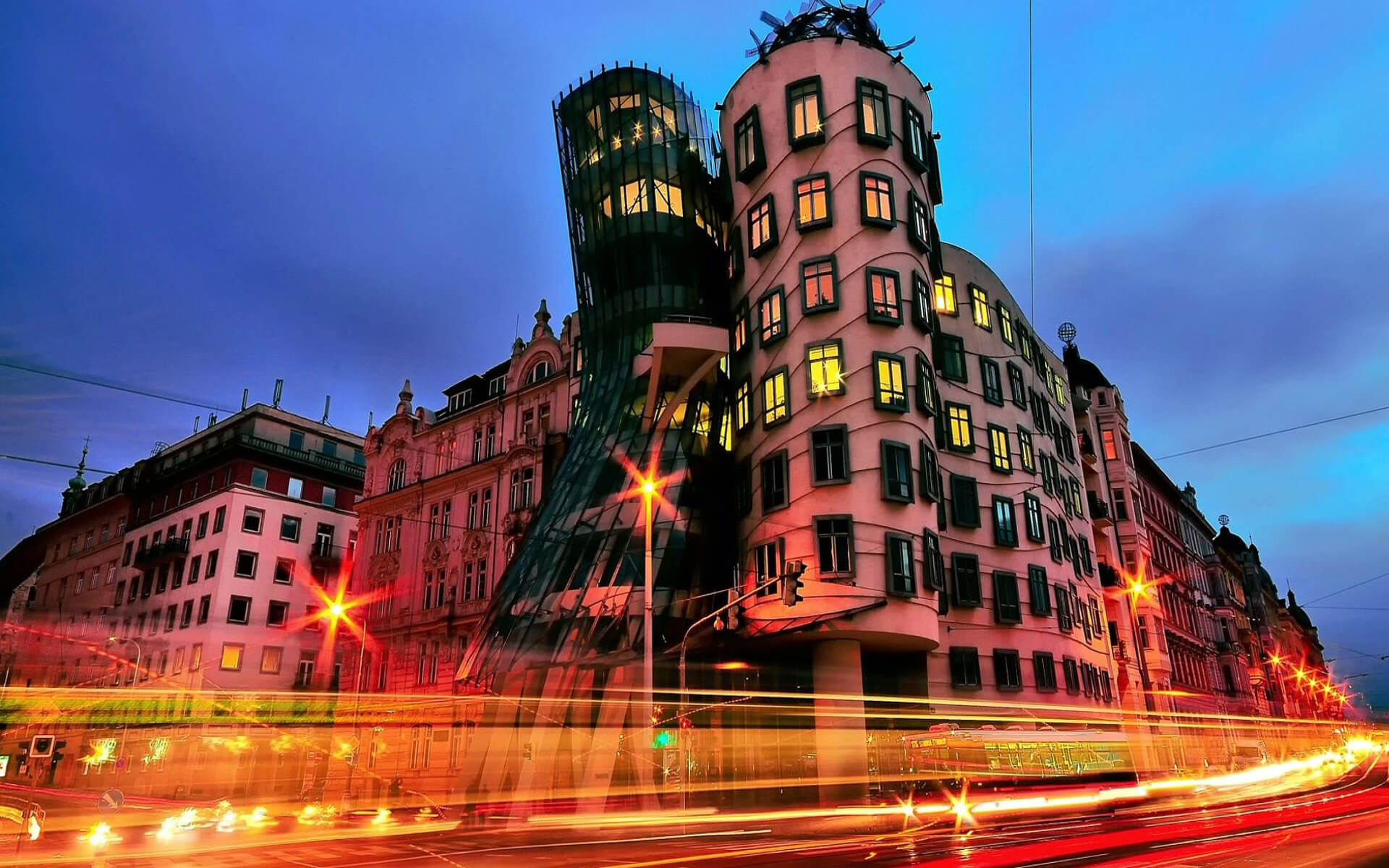Prague is the Czech Republic’s capital and biggest city. It is the 14th most populous city in the European Union. It is also Bohemia’s historical capital. The city, located on the Vltava River in the country’s northwestern corner, is home to around 1.26 million people, with a broader metropolitan zone estimated to have a population of over 2 million. The climate of the city is moderate, with pleasant summers and cold winters. Prague has the European Union’s lowest unemployment rate.
Throughout its 1,100-year history, Prague has been a political, cultural, and economic center of Central Europe, with varying fortunes. Prague, founded during the Romanesque period and prospering throughout the Gothic, Renaissance, and Baroque periods, was not only the capital of the Czech state, but also the seat of two Holy Roman Emperors and hence the capital of the Holy Roman Empire. It was an important city for the Habsburg Monarchy and its Austro-Hungarian Empire, and it became the capital of Czechoslovakia following World War I. The city was pivotal in the Bohemian and Protestant Reformations, the Thirty Years’ War, and twentieth-century history, including both World Wars and the postwar Communist period.
Prague is home to a variety of well-known cultural sites, many of which escaped the turmoil and devastation of twentieth-century Europe. The Prague Castle, the Charles Bridge, the Old Town Square with the Prague astronomical clock, the Jewish Quarter, Petn hill, and Vyehrad are among the main attractions. The vast historic center of Prague has been on the UNESCO list of World Heritage Sites since 1992.
There are over 10 major museums in the city, as well as several theaters, galleries, cinemas, and other historical exhibitions. The city is linked by an extensive contemporary public transit infrastructure. It also has a diverse spectrum of public and private schools, including Charles Institution in Prague, Central Europe’s oldest university. According to GaWC surveys, Prague is rated as a “Alpha-” global metropolis, ranking with Vienna, Seoul, and Washington, D.C. Its rich history makes it a famous tourist attraction, and as of 2014, the city had more than 6.4 million foreign tourists. After London, Paris, Istanbul, and Rome, Prague is the fifth most visited city in Europe. The cheap cost of living in Prague makes it a popular choice for expats coming to Europe.


